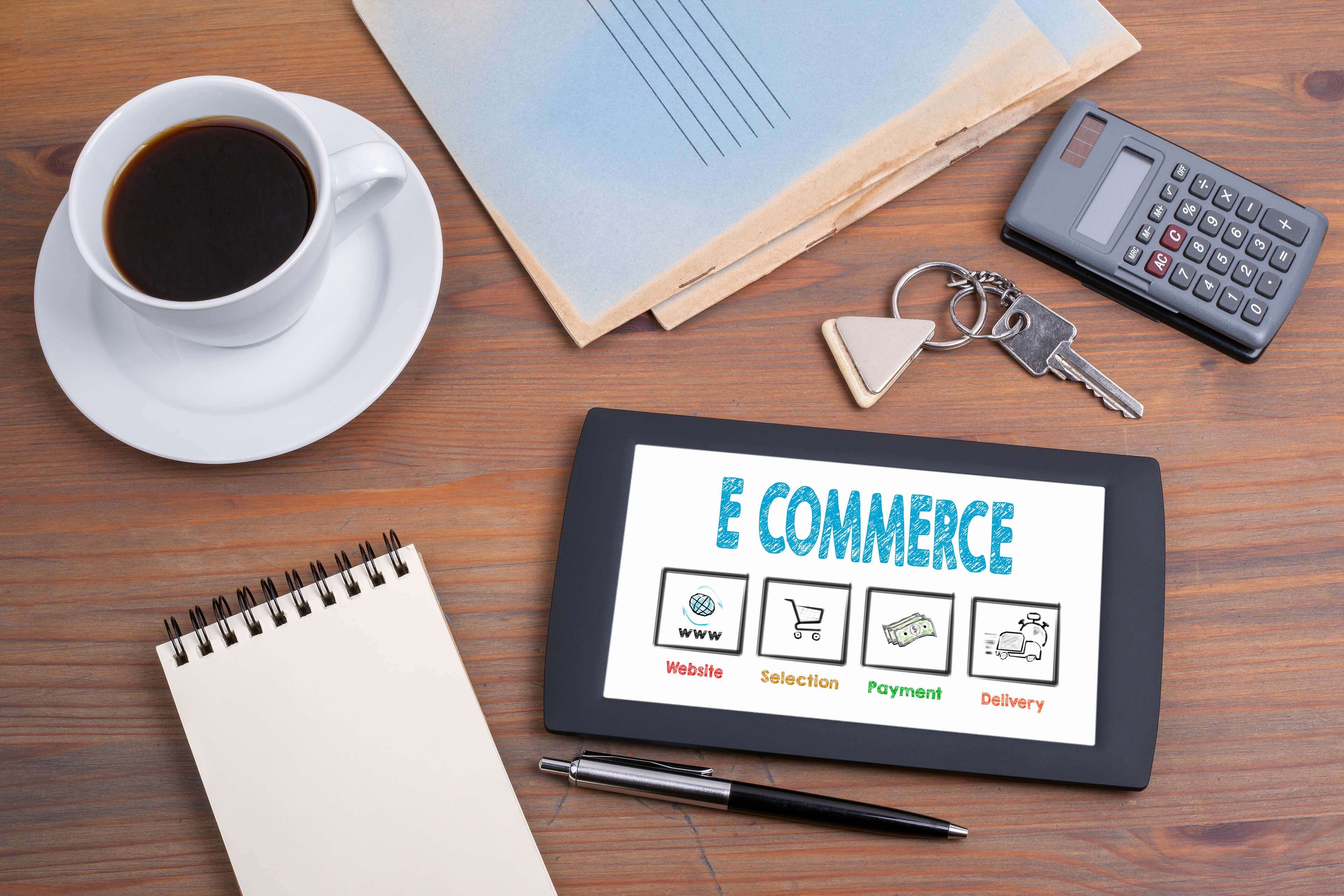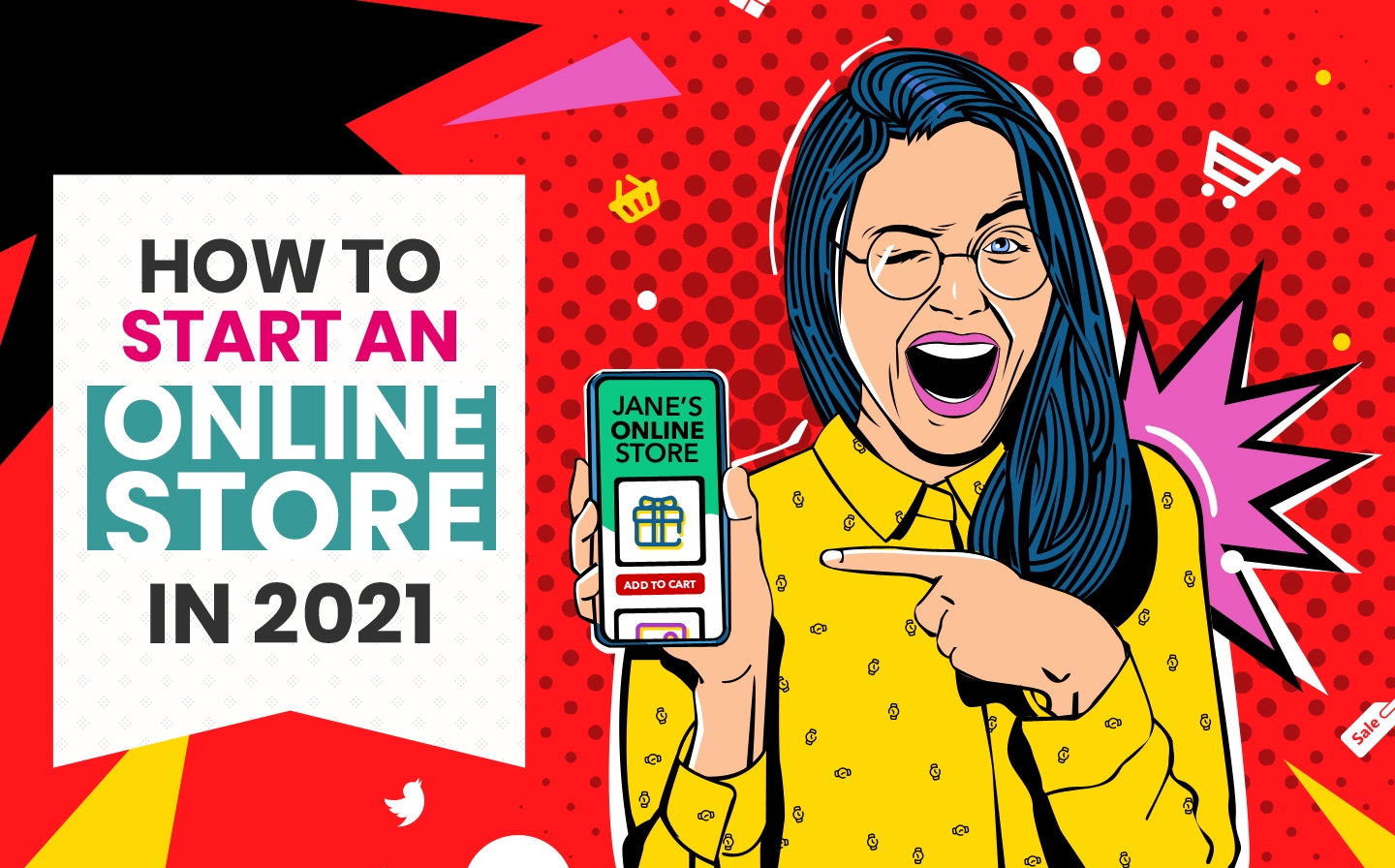Setting up an online store many years ago used to be mind-numbingly complicated. Creating products, product descriptions, and pages, as well as a checkout sequence, was complicated enough. Back then, you need to think about payment gateways to receive payment, shipping, not to mention the taxes.
Luckily, that has transformed over the past several years. Today, it has never been simpler to get your first online e-commerce store up and running.
Whether you have a product to sell or the digital marketing chops to advertise the ones you love, you are considering opening an online store. Still, you are not that certain if you are ready to pull the trigger.
You see, starting an online business can offer you a huge sense of fulfillment, some passive income, or even change your full-time career. If you’re ready to act, use this guide as your checklist while reviewing the following factors.
We hope that these ideas will help guide you down the journey to success in taking the necessary steps toward setting up your online business.
Essential Steps When Starting Your Online Store
You will find seven important steps to building, marketing, and optimizing your online store.
1. Determine your niche
Do you understand why all online store gurus go on and on about the significance of choosing the right niche? That’s because it’s crucial if you like to run a successful online store.
You will have a challenging time setting up your online store to stand out and grow if you do not have a clear and specific niche.
With giant multinational companies dominating many markets, there’s no way for you to launch a general store and generates a huge amount of money. But there’s no need to worry for you. That’s why efficient niches are so effective and practical.
A niche is an extravagant way of saying your specific specialty or concentration within a larger industry. For example, let’s say you are thinking about setting up an online store that sells toys and other children-related products.
You could try and add every imaginable toy, from outdoor paddling toys to baby books and toy soldiers, in your store. But you are not likely to be successful because it will be too generic, your target audience is broad, and it’s too much work.
Having a clear idea of what you like to see and who’ll be most likely to purchase it will allow you to automate most of your tasks. Further, running in a niche helps you know who your target audience is.
2. Select between holding your products or dropshipping
Dropshipping happens when, after receiving a customer’s order, the store contacts a third-party supplier and has them deliver the items to the customer directly. In that case, the initial company that received the order functions as a go-between for the supplier and customer. Hence, you don’t need to keep an inventory on hand.
Here are the pros and cons of dropshipping:
- It lowers the need for space
- It lowers the amount of capital a new online store needs before opening-up
- There are no products to purchase
- It removes the need to get an inventory management system
Cons:
- Lots of inventory problems
- Low-profit margins
- Shipping is complex
Meanwhile, holding your product is a good option too. After the company gets the order, they take the asked item from their shelves and deliver them to the customer. Again, there’s no third party involved because the customer gets their order from the online eCommerce store.
Pros:
- It offers you higher control over your shipping options
- It lowers the risk of production shortages
- Fast replenishment
Cons:
- Risk of inventory becoming obsolete
- Risk of the item not selling
- Risk of natural disasters
3. Consider the name of your business and register your domain name
Trying to find a great business name that is not already taken gets extremely annoying for most. The websites are taken, the best names have already been trademarked, and you will feel you are hitting a dead-end after the other.
You might feel drawn to cut corners and like to pick a less-than-attractive name to get on with it. But don’t do that. It is worth the effort to find a good one, and it will pay off.
Here’s a good checklist to use:
- It should be easy to spell
- Use three words or less
- It should be relevant to your category
- No trademark conflicts
If you want to sell online, you also need a website address. That’s a crucial decision because it will reflect your company. The best practice here is to pick a name that’s easy to spell, short, and relates to your business.
Come up with a name with a unique but sounding legit to ensure you don’t look mistrustful after your online store becomes visible online. As much as possible, make it simple to comprehend and catchy to establish familiarity with customers and clients.
After coming with a shortlist of three to five names, it is time to sleep on them and return the following day.
4. Choose products to offer
Have you already created a product by yourself? No matter if it’s a mobile app, a clothing line, or anything in between, then you are off to a good start. If you’re still on the hunt for the next product idea, you will find a few things you would like to bear in mind throughout your search.
If you don’t have any idea, you can find a product that you are passionate about. An online store will need most of your attention and time, not to mention you will be working with the things you sell all day, each day.
Picking a product you are familiar with will simplify you to talk to and sell to your customers. It will also help you remain excited and thrilled about running your store.
It will help if you also learn what people are searching for. Search engines such as Google empower millions of people to search and the internet. You can consider using tools such as Answer the Public that aggregates all the search queries such search engine gets. It makes it simple for you to determine the most famous searches surrounding any specific keyword.
5. Make your website through an online store builder
Online stores come in various types with different native extensions and features. Make a prioritized list of requirements to determine the ideal option for your business. It should be a list of critically important functionality and the good to have.
When evaluating various options, ask:
- Will I experience a decline in performance after my business moves past a specific sales or traffic threshold?
- Can this platform grow along with my business?
Aside from that, it will help if you also consider the following:
- Native features
- Security
- Mobile optimization
6. Promote your new online store
After you are confident that your online store is ready for your first customers, it’s time to begin marketing to boost awareness and draw visitors. Here are some ways to do that:
- Market your online store on social media
- Provide incentives to attract new customers
- Start creating an email list
- Make Google remarketing ads
Final Thoughts
Setting up your first online store years ago needed much money, website developers, and many months of development. Today, you can have one up and running by the end of the night. Online retail could be a wonderful and awesome business to launch. However, adopting the right plan and strategy before your website goes live will help you set the stage for your online business success. Succeeding in eCommerce takes excellent planning and a lot of work.
There you have it! These steps are the things you need to follow to create an online store successfully. So, are you ready to embark on a new journey? We wish you the best of luck!
If you need further help with UX Designs, you can contact Web Digital. Aside from offering web design services, we also provide web hosting and other plans. Web Digital is a well-established web design agency, and we can help you with your website design needs.





















